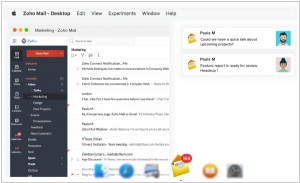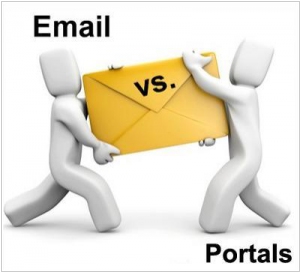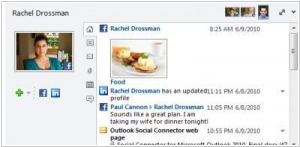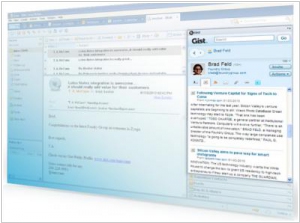Top 10: Desktop Email software
Updated: July 31, 2023
Desktop email software, also known as email clients, are applications installed on a computer to manage and access email accounts. These software solutions provide a user-friendly interface to send, receive, and organize emails, offering features like inbox organization, folder management, and spam filtering. Desktop email software can be used with various email services, including Gmail, Outlook, Yahoo, and others, allowing users to manage multiple email accounts from one centralized platform. These clients often provide additional functionalities such as calendar integration, contact management, and offline access to emails. Desktop email software offers a more familiar and customizable experience for users who prefer managing their emails directly from their computers rather than through a web browser, making it a popular choice for individuals and businesses seeking efficient and feature-rich email management solutions.
Some of the most popular desktop email software options are listed below.
See also: Top 10 Email services
See also: Top 10 Email services
2018. Zoho Mail gets desktop client

Zoho has introduced the Desktop Lite client for Zoho Mail, providing users with a familiar interface that closely resembles the webmail version. Unlike a redesigned desktop interface, this client serves as an exact replica of the webmail interface, ensuring users feel comfortable and at ease. However, the desktop lite client offers the technical advantage of being locally hosted, resulting in improved speed compared to webmail. Users can expect reduced loading times, enhancing their overall experience. Additionally, the client offers dedicated badge notifications and desktop notifications, enabling users to stay constantly updated on their emails.
2015. Synacor acquired Zimbra

The email and messaging software provider Zimbra, known for its open-source foundation, has been purchased by Synacor for a sum of $24.5 million. Synacor describes itself as a technology and monetization partner for video, internet, and communications providers, as well as device manufacturers and enterprises. According to Synacor officials, they intend to continue supporting the open-source version of Zimbra and provide technical assistance for Zimbra's Open Source Edition (OSE) through their value-added reseller (VAR) partners. Zimbra has previously been acquired by Telligent, VMware, and Yahoo. This recent acquisition comes shortly after the announcement that Verint has acquired Telligent (Zimbra Social) from Zimbra earlier in the week.
2010. Email strikes back (on Intranet Portals)

Email was the first collaboration tool in the Intarnet. Then intranet portals emerged, and they wanted to kill Email because of its lacks: instead of sending back and forth messages and documents, they are placed on a portal web-page (for example, in the news, on the forum or file cabinet). But due to the fact that people got used to e-mail and email was also used for external communications - intranet portals failed to replace the Email as a primary workspace. Moreover, recently Email launched the counterattack. And it happened because the major enterprise Email-solutions (GMail, Outlook, Lotus Notes) have become the platforms that allow third-party developers to add new functionality. ***
2010. Microsoft adds Facebook and Windows Live Messenger to Outlook

Microsoft has released an updated version of its social plug-in for Outlook, known as Outlook Social Connector. This latest update enhances the plug-in's functionality by enabling it to retrieve contact data from Facebook and Windows Live Messenger. Previously, the plug-in only supported LinkedIn, MySpace, and SharePoint by default. The purpose of the Outlook Social Connector is to provide users with up-to-date information about their contacts, allowing for a better understanding of their mood and interests. This is particularly valuable when engaging with customers. It's important to note that the plug-in can only display publicly-available information from social network profiles and currently only allows data retrieval, without the ability to post messages or statuses to social networks. Microsoft has indicated that the plug-in will soon integrate with certain local social networks, expanding its reach even further.
2010. Lotus Notes also becomes social

The widely used enterprise email client, MS Outlook, already incorporates a range of Enterprise 2.0 tools. It has integrated features for social networking (Xobni and Outlook Social Connector), Google Apps, Google Docs (Harmony), Remember the Milk, and more. With Outlook's ecosystem already quite diverse, developers have turned their attention to the second most popular enterprise email client, Lotus Notes. As a result, a new plugin and service called Gist has emerged, fulfilling a similar role for Lotus Notes as Xobni does for Outlook. Gist enables users to view the social profiles of their communication partners. It retrieves the latest information about individuals from Facebook, LinkedIn, and Twitter, as well as recent news about their companies from blogs and news sites. Additionally, the plugin presents all relevant correspondence and file exchanges with selected contacts in a convenient format. It's worth noting that Gist is also compatible with Outlook, GMail, iPhone, and can be accessed as a web service.

